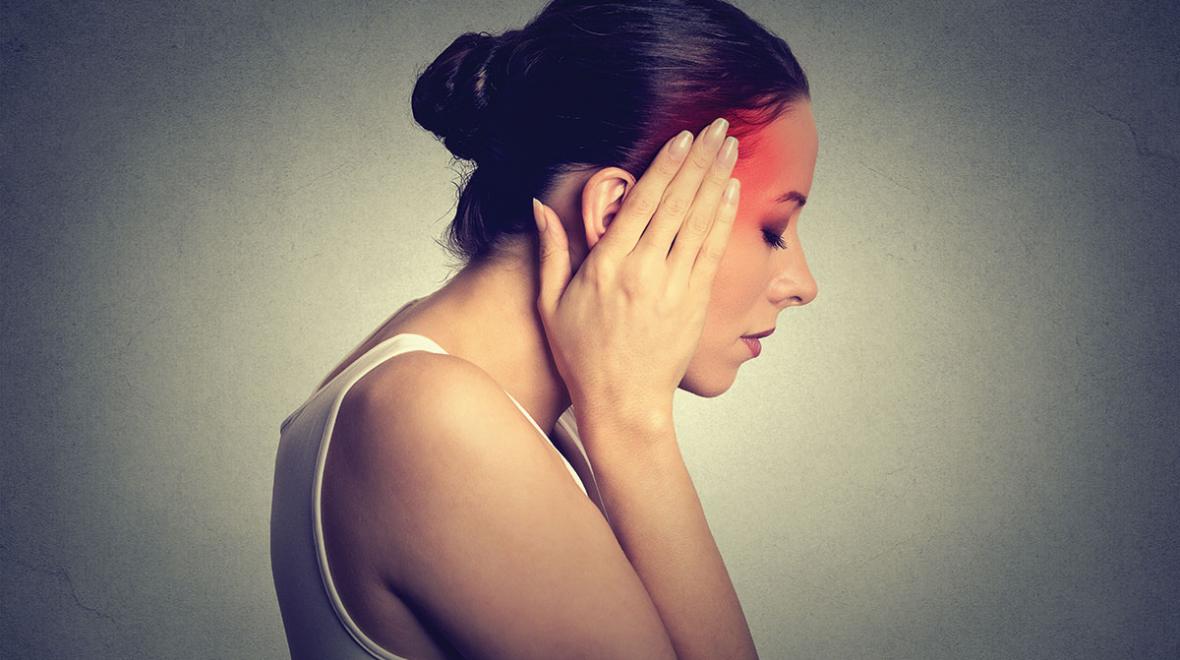
Editor's note: This article was sponsored by Overlake Medical Center and Clinics.
Feeling drained and stressed was normal for Alizabeth Rasmussen of Bellevue, a full-time paralegal, part-time writer and mom of a teenage son. So when she felt “tired and spacey” after work one day, she wasn’t concerned.
A few minutes later, her arm went briefly numb and she felt a familiar migraine-type headache behind her eyes. Still, she was just 45, healthy and active. This couldn’t be anything too serious.
But when she sat down to Google her symptoms and found she could type only garbled nonsense, she knew something was wrong. She called 911 and headed straight for the ER.
There, she learned she’d experienced a transient ischemic attack (TIA), or a mini-stroke. The next day, she had a second stroke, which was more damaging. “I could have died,” Rasmussen says. “But thanks to my age and good health, I pulled through, thank God.”
Women and stroke risk
Rasmussen’s experience isn’t unique, says neurosurgeon Dr. Abhineet Chowdhary, director of Overlake Medical Center’s Neuroscience Institute. A leading cause of disability worldwide and the third-leading cause of death behind heart disease and cancer in the United States, stroke happens when blood flow to the brain is blocked. The resulting damage to brain tissue can be fatal. Survivors can experience permanently impaired speech, movement and facial expressions.
Stroke is widely considered a “male” ailment, which hurts prevention and treatment efforts aimed at women, Dr. Chowdhary says. “Even though women may not think about their stroke risk, women are more likely to die from stroke than men, and they tend to suffer worse outcomes afterward.”
Women’s stroke risk ramps up during certain life stages. Pregnant women and those on hormone replacement therapy face increased risk, as do women who get migraines. Dehydration and stress increase the risk, too. Though women aren’t the only ones letting their tanks run dry, literally and figuratively, they’re more likely to neglect self-care, especially during the busy child-raising years.
Signs of stroke
Because stroke symptoms differ for women, their strokes tend to go unrecognized and untreated. Delayed treatment can mean more damage to the brain, Dr. Chowdhary says.
Men are more likely to experience the classic stroke symptoms like numbness in the face or on one side of the body, sudden confusion or disorientation and trouble seeing and walking, but women experience stroke differently.
In women, stroke’s primary symptom is headache. “It’s not uncommon for a woman to mistake a stroke for a regular stress headache, take a couple of aspirin and go to bed,” Dr. Chowdhary says. Some women also get hiccups or chest pain, but don’t realize those symptoms can indicate stroke.
Neglecting stroke symptoms can be debilitating or fatal, Dr. Chowdhary says. “Here at Overlake, neurologists treat stroke quickly with IV medications that break up the clot. We also offer a stroke intervention called mechanical thrombectomy, in essence allowing us to fish out clots. And, we have an in-patient facility to help stroke patients recuperate.”
Even with top-notch healthcare, recuperation can be slow. In the years following her strokes, Rasmussen worked tirelessly to regain her speech and writing. “Words were my life, both professionally and personally,” she says. Today, she’s using those words to teach other women as well as leading Overlake’s stroke survivor support groups.
Habits like maintaining a healthy weight and normal blood pressure, exercising for at least 30 minutes most days and keeping alcohol use moderate (fewer than two drinks per day) helps reduce risk. But stroke can happen to anyone, even impeccably healthy people, Rasmussen says.
“I thought strokes couldn’t happen to someone my age, but age doesn’t matter when it comes to stroke,” she says. “I’ve met so many people younger than me with my story … previously healthy and vibrant young people who are now recovering from a stroke. Healing is a lifelong process. I fought that at first, but now, it rings true.”
Act FAST: Recognizing strokeAfter a stroke, swift action is vital, so the acronym FAST is fitting. It represents stroke symptoms warranting a 911 call, along with the urgency of quick response: F (facial drooping) A (arm weakness) S (speech difficulties) T (time) Women should look out for one another, too. People often don’t recognize symptoms in themselves, says stroke survivor Alizabeth Rasmussen: “If you get an email or text from someone that seems jumbled, call them immediately.” |











